CERN's proposed $17 billion particle accelerator would search for new particles and physical forces, and decode dark matter and energy.
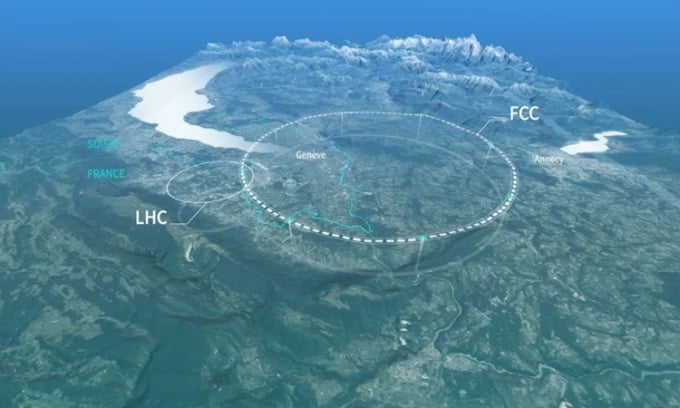
Size of FCC compared to LHC. Photo: CERN
Researchers at CERN (European Organization for Nuclear Research) have proposed building a new, larger particle accelerator. The $17 billion Future Circular Collider (FCC) would be 91 kilometers (56 miles) long, dwarfing its predecessor, the 27-kilometer-long Large Hadron Collider (LHC), located at CERN, near Geneva, Live Science reported on February 10.
Physicists want to use the FCC's increased size and power to probe the frontier of the Standard Model of particle physics, the current best theory describing how the smallest parts of the universe operate. By colliding particles at higher energies (100 tera electron volts compared to 14 at the LHC), the team hopes to find unknown particles and forces, discover why matter is heavier than antimatter, and probe the nature of matter and dark energy, two invisible entities thought to make up 95% of the universe.
“The FCC will not only be a fantastic instrument to improve our understanding of the fundamental laws of physics and nature,” said Fabiola Gianotti, director general of CERN. “It will also be a driver of innovation because we will need more advanced technology, from cryogenics to superconducting magnets, vacuum technology, detectors, instrument research, technologies that have the potential to have a huge impact on society and bring many socio-economic benefits.”
Particle accelerators like the LHC smash protons together at nearly the speed of light, looking for rare decay products that could provide evidence of new particles or forces. This helps physicists test their understanding of the most basic building blocks of the universe and how they interact, as described by the Standard Model of physics.
Although the Standard Model has allowed scientists to make many remarkable predictions, such as the existence of the Higgs boson, discovered by the LHC in 2012, physicists are still not satisfied and are constantly looking for new physical models that can surpass it. Although it is the most comprehensive model available, it still has some major flaws, which prevent it from fully explaining where gravity comes from, what dark matter is made of, or why there is more matter than antimatter in the universe.
To solve these problems, physicists at CERN will use beam energies seven times higher than those of the FCC to accelerate particles to higher speeds. Although a promising step forward, the detector has not yet been built. CERN’s proposal is part of a preliminary feasibility study, due to be completed next year.
Once completed and if plans for the detector progress, CERN, which is run by 18 member states of the European Union, as well as Switzerland, Norway, Serbia, Israel and Britain, will seek further funding for the project from other countries.
Member states will meet in 2028 to decide whether to approve the project. After that, the first phase of the machine, which involves smashing electrons with their antiparticles, positrons, will be operational in 2045. Finally, in the 2070s, the FCC will begin colliding protons.
An Khang (According to Live Science )
Source link








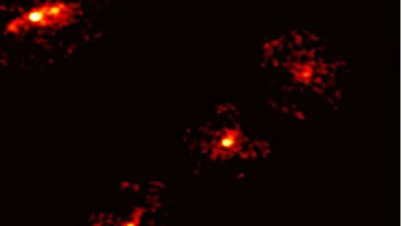









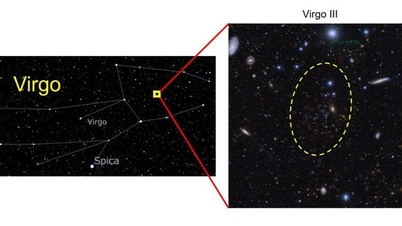
![[Video] Warning of high-tech criminals appropriating assets from cyber security incidents at CIC](https://vphoto.vietnam.vn/thumb/402x226/vietnam/resource/IMAGE/2025/10/1/9e967e621dc240bfbb70e926d503a177)



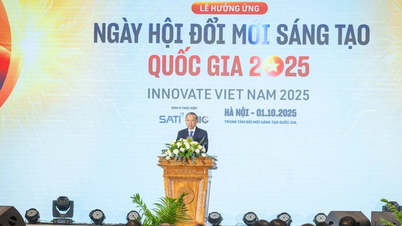

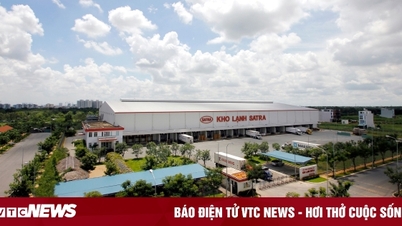












![[Photo] The 1st Congress of Phu Tho Provincial Party Committee, term 2025-2030](https://vphoto.vietnam.vn/thumb/1200x675/vietnam/resource/IMAGE/2025/9/30/1507da06216649bba8a1ce6251816820)
![[Photo] Panorama of the cable-stayed bridge, the final bottleneck of the Ben Luc-Long Thanh expressway](https://vphoto.vietnam.vn/thumb/1200x675/vietnam/resource/IMAGE/2025/9/30/391fdf21025541d6b2f092e49a17243f)
![[Photo] Solemn opening of the 12th Military Party Congress for the 2025-2030 term](https://vphoto.vietnam.vn/thumb/1200x675/vietnam/resource/IMAGE/2025/9/30/2cd383b3130d41a1a4b5ace0d5eb989d)
![[Photo] President Luong Cuong receives President of the Cuban National Assembly Esteban Lazo Hernandez](https://vphoto.vietnam.vn/thumb/1200x675/vietnam/resource/IMAGE/2025/9/30/4d38932911c24f6ea1936252bd5427fa)



















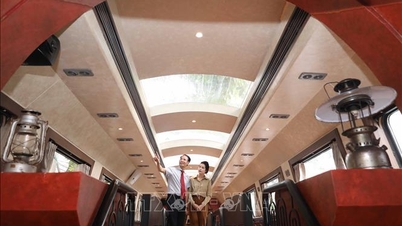
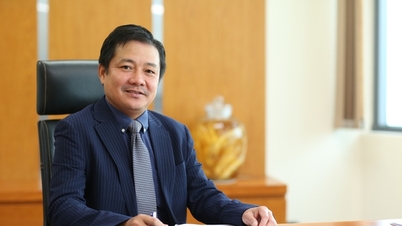












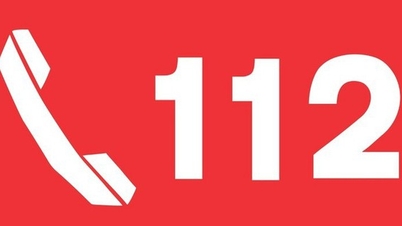





























Comment (0)